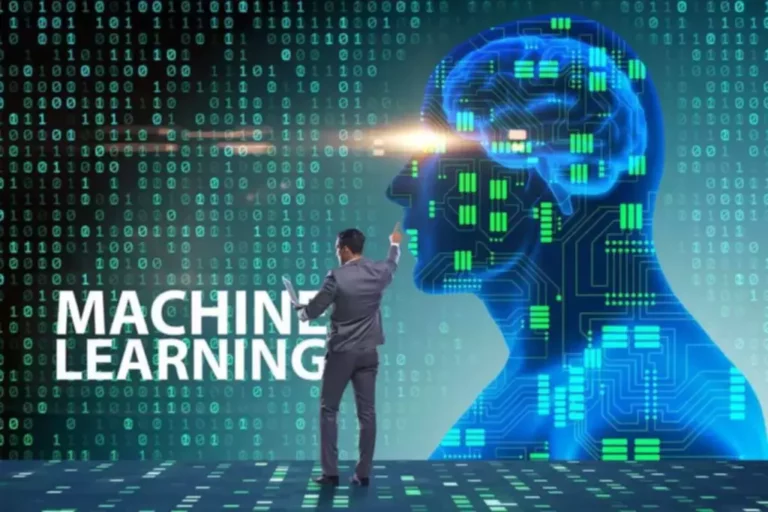It also limits the creativity and flexibility of developers, who have to follow strict rules and specifications. Due to their complexity and changing requirements, understanding cloud costs is tricky. But with NetApp® analytics and automated tools, you can ensure your resource allocation is always running at peak efficiency. NetApp®solutions optimize continuous integration and delivery pipelines by simplifying operations and enabling lightning-fast software build iteration–meaning you get there quicker than the competition.
Software PLE significantly decreases development and testing effort, since both only occur once. In addition to decoupling, companies should also strive to create a set of standardized operating systems that support harmonization across components and https://www.globalcloudteam.com/ ensure interoperability. Many players have already announced the development of such operating systems, but at this point, no one-size-fits-all approach exists. And companies have yet to define the exact focus and functionality of these systems.
MBDT release notes for KV3/4/5 processors
Some pathways may be for specialists while others are geared toward advancement. Companies should also make dedicated training programs, including functional and interdisciplinary https://www.globalcloudteam.com/areas/automotive/ sessions, available to the broader organization. Clear career pathways may drive efficiency, since experts are typically more productive than novices.

Frustratingly, all potential customers of a pure-play software company, mainly OEMs or large Tier-1 companies, are following different strategies when it comes to application software. Both agile methods and decoupled hardware/software development have significant implications downstream in the value chain, especially for the procurement organization. For instance, procurement will need to shift from a traditional waterfall-based sourcing process to more agile and decoupled development approaches. These changes will require a total-cost-of-ownership perspective on software, as well as new cooperation models that focus on strategic partnerships instead of multisourcing.
Access Request
The complexity jump is also creating a host of new, difficult-to-trace security risksfor connected vehicles. Much of the problem relates to advances to in-vehicle networking that create links among formerly independent electronic domains, such as infotainment, ADAS, and powertrain. These connections provide a conduit for attacks to spread through a car, since software vulnerabilities in one system can be exploited to provide access to other systems.
- Automotive players can increase efficiency by introducing a standardized, effective software-development toolchain that supports continuous integration and the use of standard APIs.
- This requires deep pockets, as well as overall vehicle integration and legal expertise.
- Leverage the power of the cloud to deliver digital enterprise solutions that are secure, high-performing and designed to meet your business needs.
- Honda began selling the first-ever vehicle to earn the Society of Automotive Engineers’ level 3 driving automation designation, on a scale from 0 to 5.
- The ability to import project session files (.ses) created using the VCO1S A²B Analyzer application software greatly helps with overall network awareness and empowers users to set up quickly with a thorough understanding of the system.
- As with agile practices, few automotive players have adopted continuous integration or automated testing practices at scale.
Another starting point involves defining the optimal organizational structure, determining “boxes and lines,” and specifying the operational model, including steering and performance management, to strengthen software delivery . With software volumes increasing and greater demand for continuous feature updates, OEMs must find and resolve bugs and interface errors as soon as possible. If they fail to resolve an error directly, they may create a massive backlog of bugs that could fully absorb their resources and complicate error tracing, causing development delays and increased verification efforts. Although retraining may fill many talent gaps, companies should remember that most people develop ingrained patterns for solving problems after they have been in a job for many years.
Preserving the overall business model
The need for change is critical, since our research suggests that requirements for automotive software have become so detailed that they are slowing development. Significantly, organizations in the top quartile for software development achieve 3.0 times greater productivity compared with bottom-tier players, 3.5 times more throughput, and 6.0 times better quality . Consequently, their time to market is shorter and development costs are lower for each level of new software functionality. Performance differences between top and bottom companies are less pronounced with hardware, so there is less opportunity for differentiation in that area. Ensuring supplier readiness requires companies to establish a collaboration model between internal and external developers in a continuous-integration mode. Companies need to align supplier interfaces, clearly defining and establishing them at all levels of supplier interaction, detailing milestones, and synchronizing flows along the phases of development.

Companies can establish best practices to specify and categorize software requirements and develop simplified testing. A good requirement specification should be unambiguous, clear, and allow testing independent from other requirements. As with portfolio management, companies should distinguish between different types of requirements. Common categories include legal and regulatory, safety, strategic and essential improvements, customer value, and cost enablers. Furthermore, companies must ensure that any interdependencies between requirements are transparent.
Automotive SW – Model-Based Design Toolbox
Some are developing in-house talent and capabilities (for example, BMW’s Car-IT and, more recently, Volkswagen’s Car.Software.org8). Some are entering long-term partnerships or joint ventures with application software specialists (consider e.solutions, an Audi-Elektrobit joint venture). Still others are engaging in classic outsourcing, calling on engineering service providers for software development tasks while the OEMs retain intellectual property of the produced source code. This approach quickly makes it clear and transparent which changes affect what work products. When following an agile process, such requirement changes are normal and desirable and companies should support them via processes and tools. In the traditional waterfall process for software development, these kinds of changes are rare and usually not foreseen.
As a result, they may need to change some of their traditional work processes, such as the approach for creating certification artifacts . With agile development, the best approach involves reverse certification—creating the certification artifacts at the end of the project, when all software requirements and code are stabilized, but before market launch. This process minimizes waste by ensuring that certification artifacts are not produced multiple times, and it requires software safety auditors to be well aligned and on board from the beginning of the project. Traditionally, automakers have managed their interactions with suppliers along well-defined system limits such as physical electronic-control-unit boundaries, the functions an ECU provides, and protocol definitions. However, with software arriving in the automotive supply chain, these interfaces are changing and, as a result, their complexity is increasing significantly. Furthermore, new methodologies like agile development call into question traditional development approaches.
Automotive Software Tools
For example, it’s playing a role in the performance of electric motors, which rely on magnetic sensors that measure operational parameters to determine how well the motors are performing. Reducing the number of sensors in traction motor inverters by performing lifetime modelling reduces system cost and improves energy efficiency. AI integrated into vehicle chips uses predictive analytics with virtual sensors to do the job. Both the waterfall and agile approaches can utilize the V-model style of software development to move through design, implementation, and integration and qualification testing. The difference is that the waterfall approach can use the V-model as one overarching process, while the agile approach can use the V-model within each sprint.

Although this represents a fundamental shift in approach, it is likely to prove to be a critical lever against the threat of disruptive OEMs. Most collaborations will probably be small at first, involving only two or three OEMs, but other players might become interested if an alliance creates core components with attractive features. The same pattern occurred with the German OEM collaboration, with other major OEMs licensing mapping data from the original three partners after their initial success. We may also see a bifurcated approach, with premium OEMs taking an active role in shaping platform features, while volume OEMs rely more on commonality and cost-sharing models.
S32K148-Q176 Evaluation Board for Automotive General Purpose
By providing a full range of software development services, we create custom-built solutions that fully meet our customers’ business needs. Get to know our automotive microcontrollers and processors, listed by technical specifications and key features. A comprehensive collection of tools that plug into the MATLAB® and Simulink® model-based design environment to support fast prototyping, verification and validation on NXP microcontroller-based real targets. Providing a reference software integration platform for vehicle network processing applications like service-oriented gateways. Smart car hardware requires a top-notch code to make it sync and power on the internal systems.

0 Comments
Leave A Comment